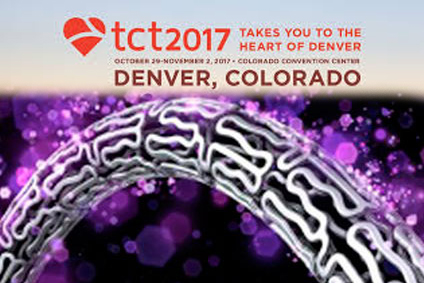Courtesy of the SBHCI.
The 3-year outcomes of the ABSORB III trial, which randomized 2008 patients 2:1 to an everolimus eluting bioresorbable scaffold (1322 patients) vs. a metallic stent with permanent everolimus eluting polymer (686 patients), was published with low profile and great disappointment.
Primary end-point, a composite of target vessel failure, occurred in 13.4% of patients receiving the bioresorbable scaffold vs. 10.4% of patients receiving the Xience stent (p=0.06) at three-year follow up.
Read also: “Absorb IV: Bioresorbable Scaffolds with an Optimized Implantation Technique”.
There was a significant increase in myocardial infarction rate associated to the target vessel lesion (8.6% vs. 5.9%; p=0.03), and an increase in definite/ thrombosis (2.3% vs. 0.7%; p=0.01) in the Absorb group.
Conclusion
At three-year follow up, the events rate was higher with the Absorb bioresorbable scaffold due to an increase in infarction rate associated to target vessel failure and definite/probable thrombosis.
Courtesy of the SBHCI.
Original title 3-Year Outcomes From a Randomized Trial of a Bioresorbable Scaffold vs a Metallic DES in Patients With Coronary Artery Disease.
Presenter: Stephen G. Ellis.
Subscribe to our weekly newsletter
Get the latest scientific articles on interventional cardiology
We are interested in your opinion. Please, leave your comments, thoughts, questions, etc., below. They will be most welcome.






